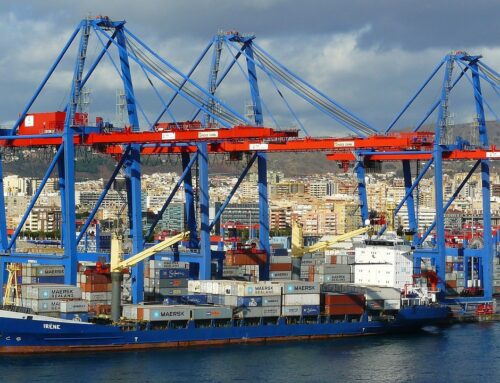Would you prefer your supply chains to be cheap or resilient?
It turns out that 40 years of cutting cost exposed us to dependency on China and risk of disruption.
What happens next? One solution will be “China + 1.” As Harvard Business School professor Willy Shih describes it in the Wall Street Journal, “Politically sensitive gear such as telecom and computing equipment have been in the lead, with firms shifting production to Southeast Asia and Mexico.”
Beyond “China + 1,” what will major companies do to shift their supply chains? Latin American and Eastern European countries stand to benefit, provided they can develop the infrastructure to support global supply chain networks. We see this today with companies like Liftit and Everest Transportation Systems, LLC. And US manufacturers could be winners too, provided they can compete on cost.
Also, if you value resilience, you might want to look at circular supply chain strategies, like the returns management system at ReverseLogix, where I’m pleased to be a board member and supporter.
What do you predict for supply chains in 2022?










